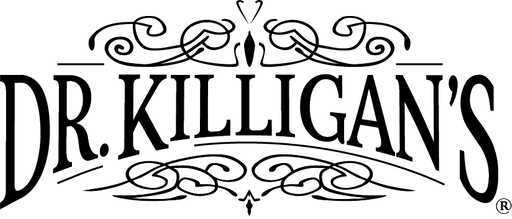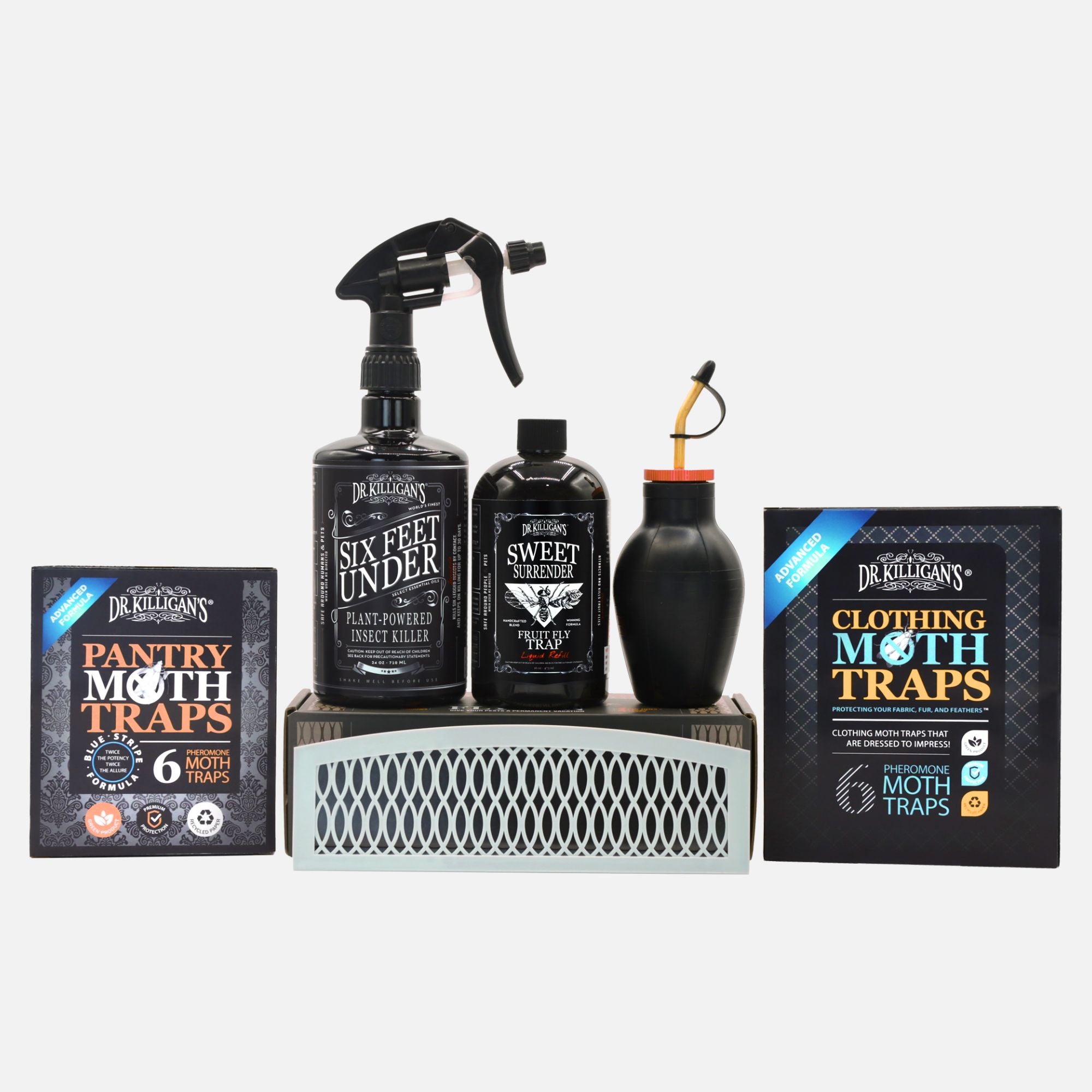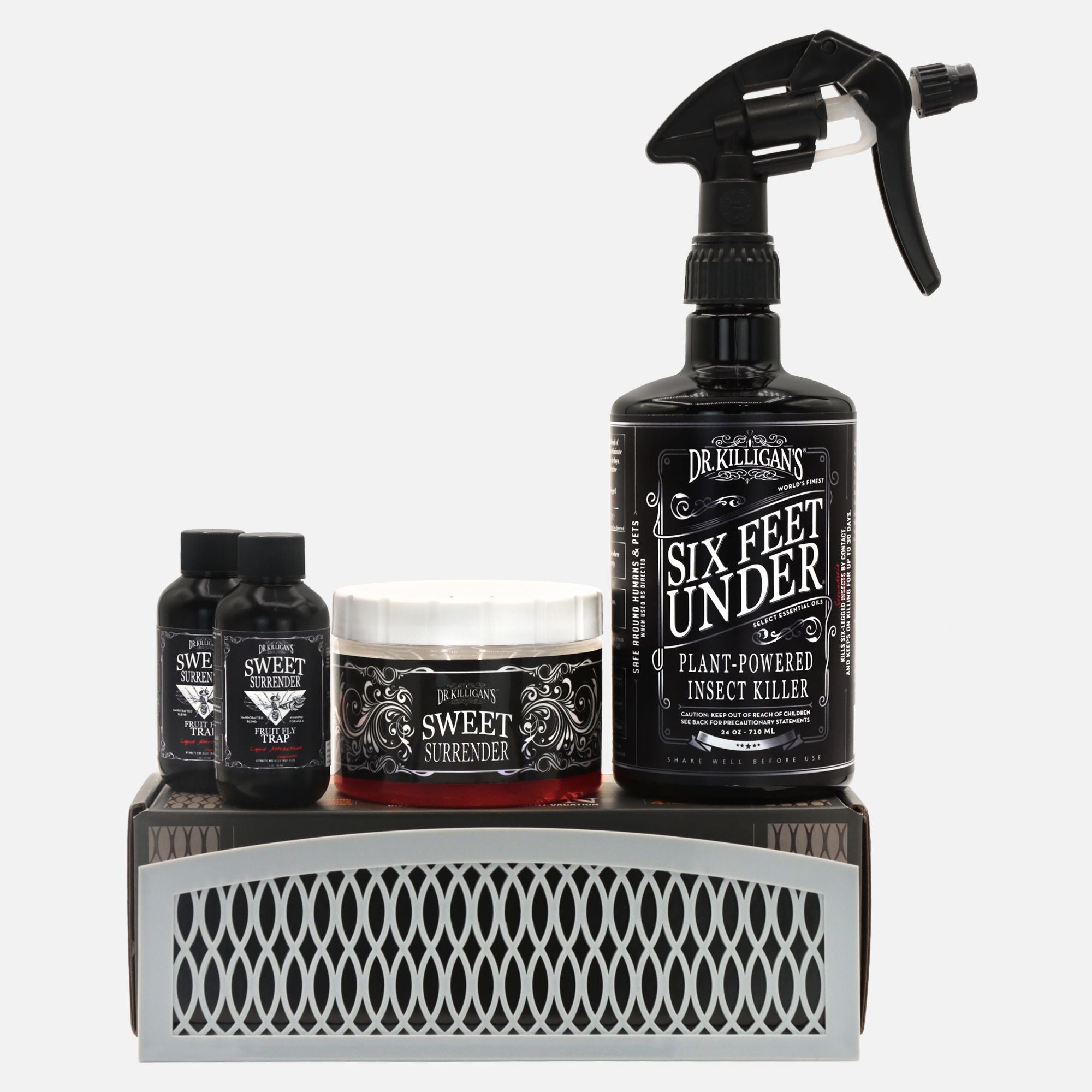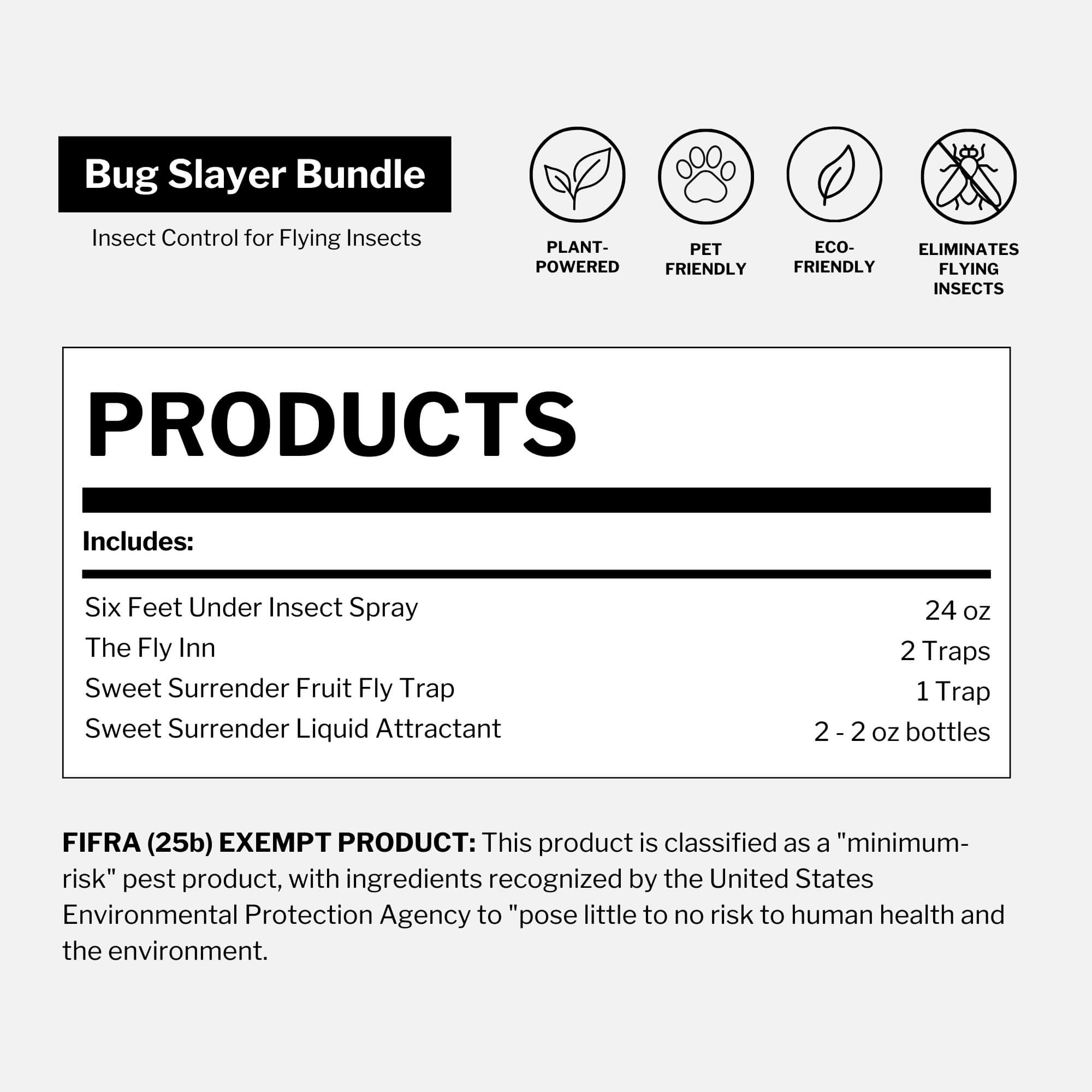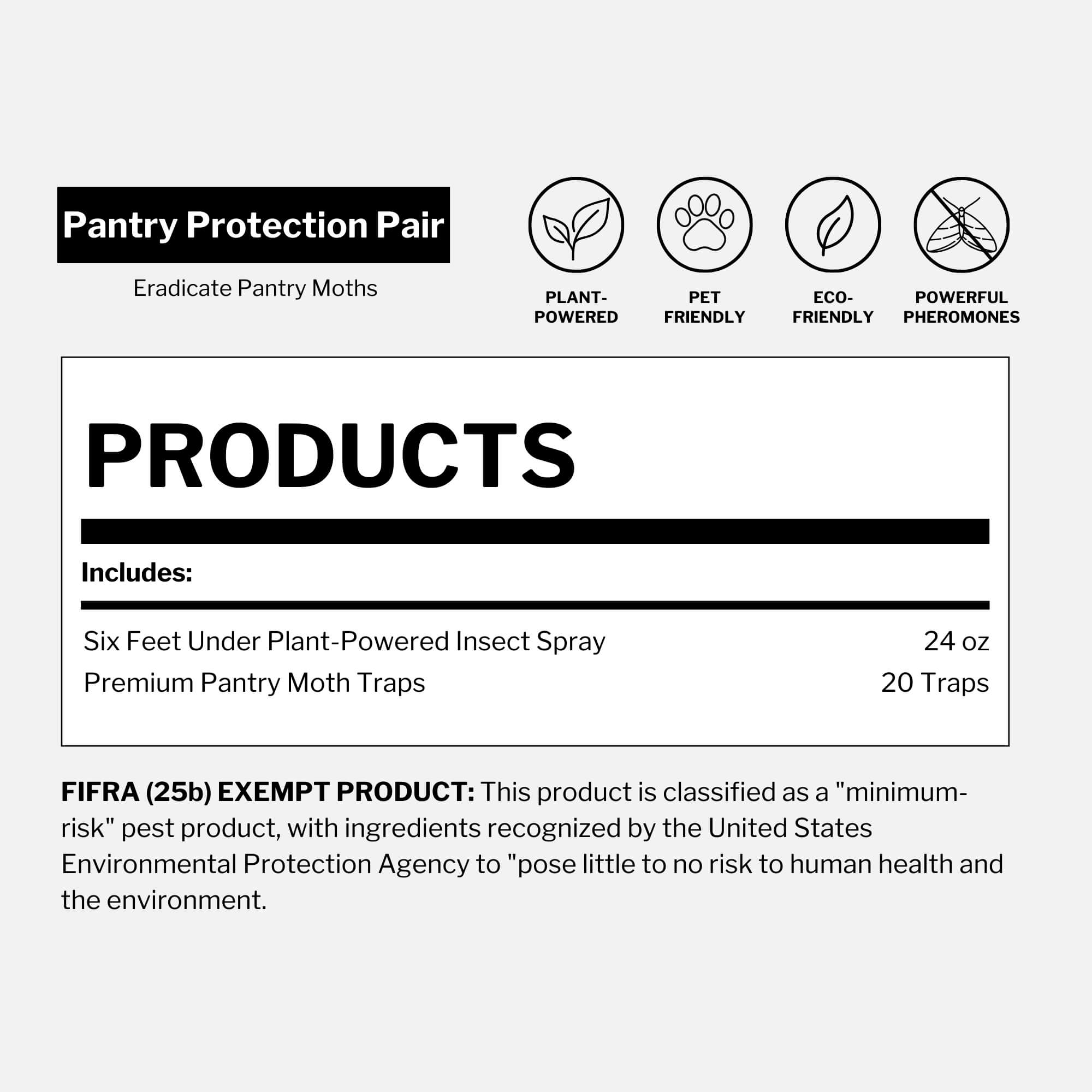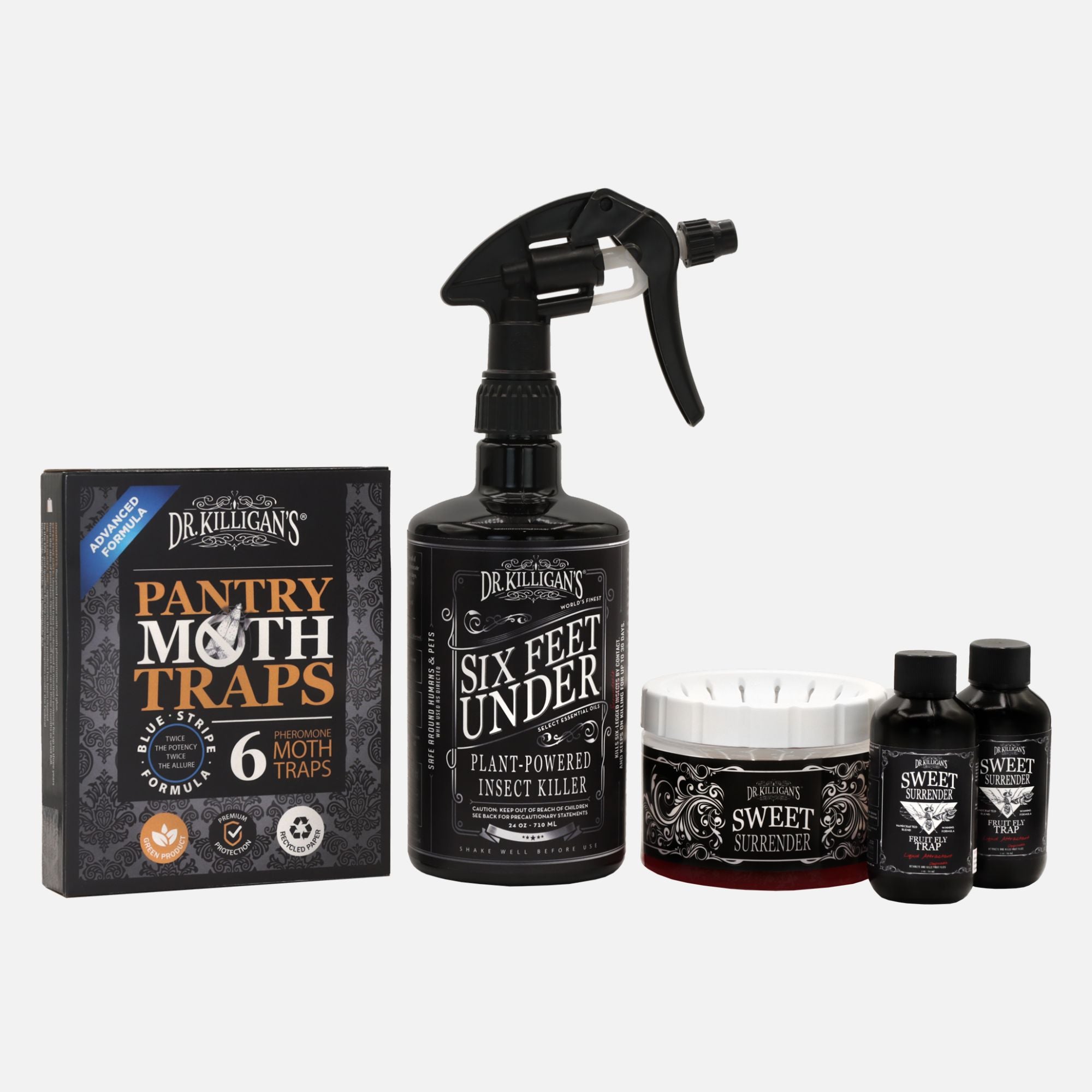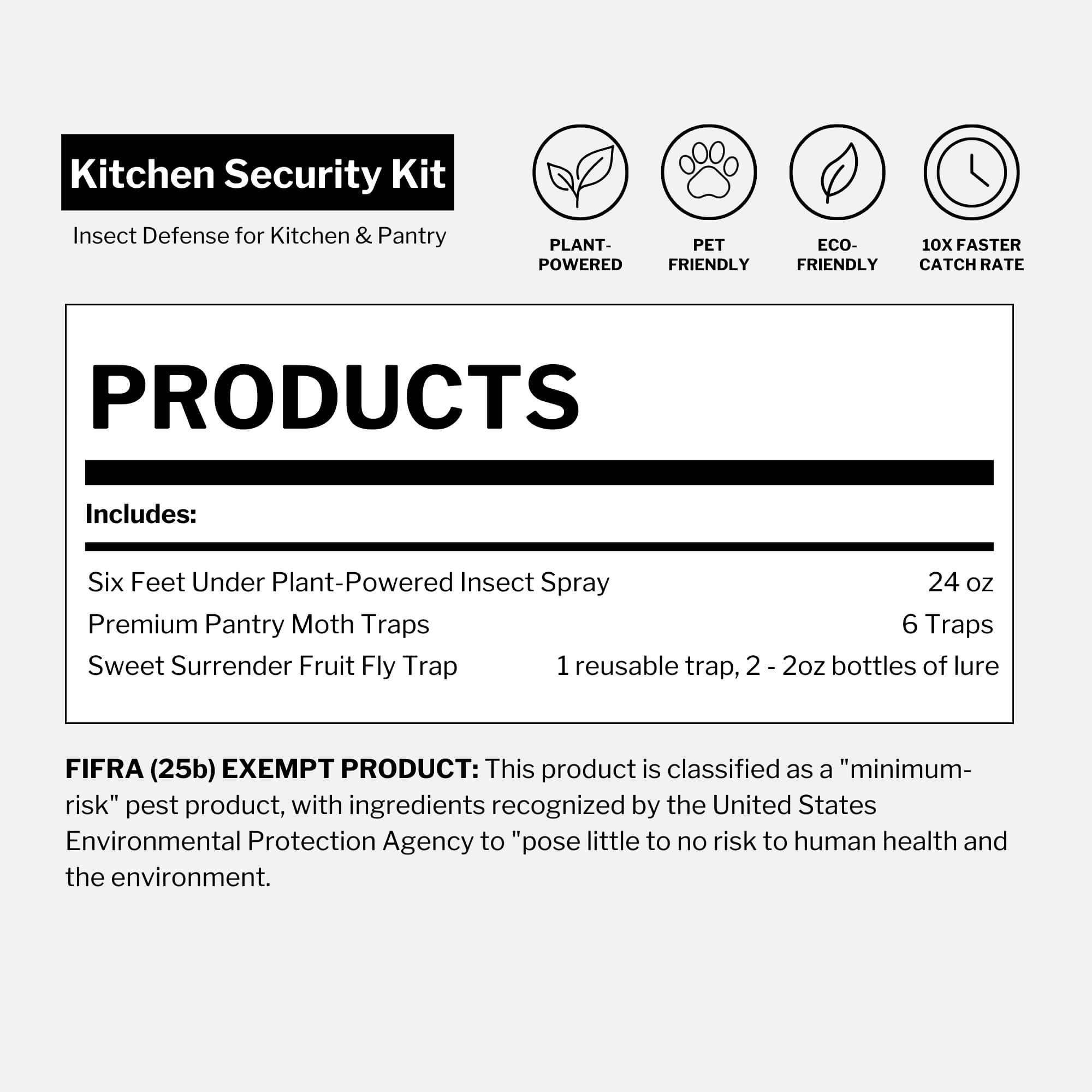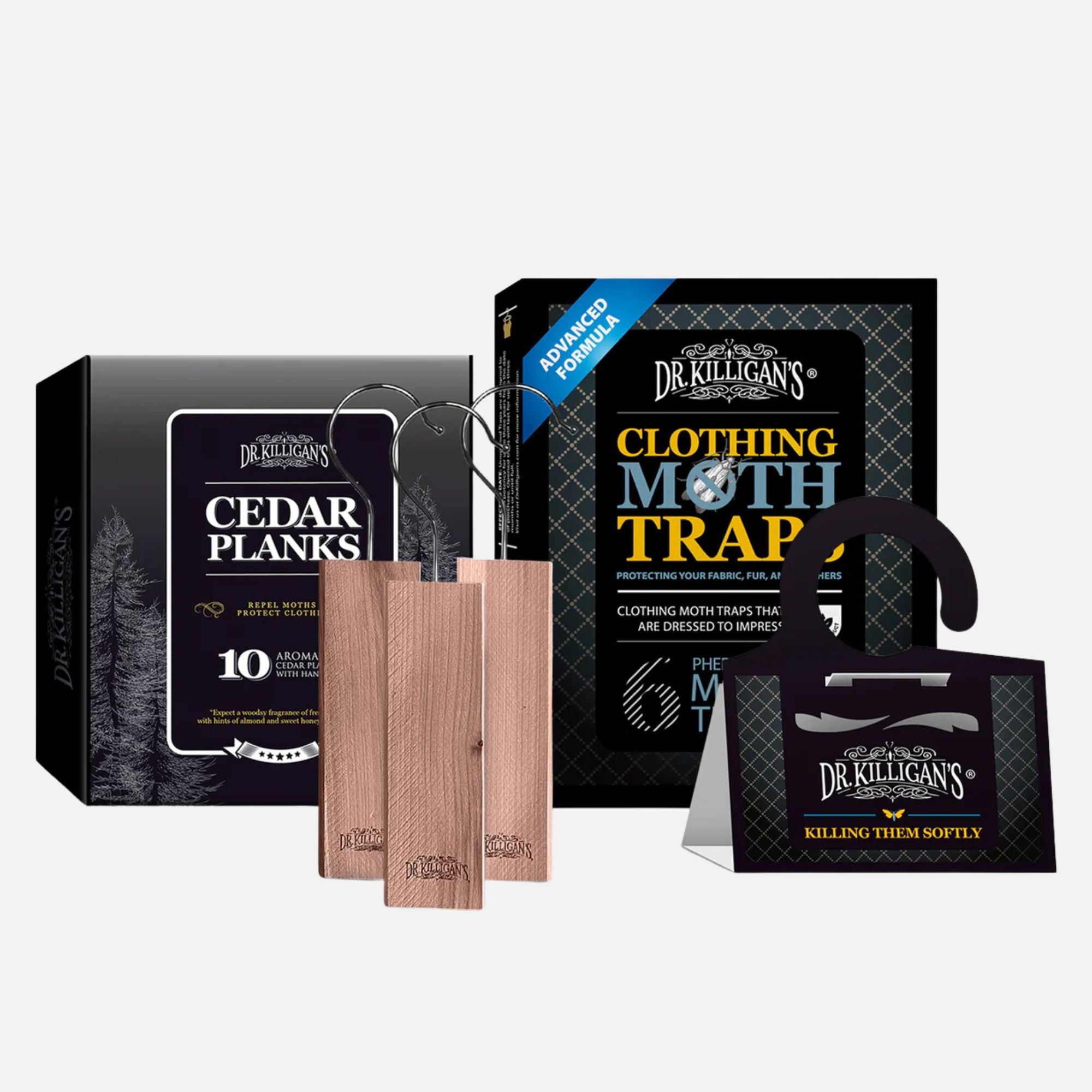Updated on April 2nd, 2025
During the spring, summer and even fall, insects appear out of nowhere—flying, buzzing and scampering about. But where are they going? Like us, they respond to cues that grab their attention—a scent, a color or a flicker of light. Believe it or not, understanding what attracts bugs can help you prevent them from turning your home into their next stop.
So, why do insects seem to show up at the worst times? Often, it's because they're following their noses (really, their antennae). Scent is one of the strongest tools insects use to locate food, mates and shelter—and understanding this gives you the upper hand when it comes to pest control.
What smells attract insects?
Can insects smell? Absolutely. Many insects rely on scent as their primary way to find (as aforementioned) food, mates and shelter. Below you'll find the most common attractants and exactly which pests are drawn to each one—so you can better understand and manage these uninvited guests.
Sugary drinks & sweets
What attracts ants? The answer is sugar. Ants are well-known for following sugary scents. If you spill soda or leave a sweet treat unattended, ants will quickly find it. And it's not just ants; bees are equally eager to sip sugary drinks left outdoors.
Ants have an exceptionally high-definition sense of smell, possessing more odorant receptors than any other known insect—over 400 types—making them remarkably skilled at detecting sugary scents. — Vanderbilt University News
Pheromones
What attracts moths? Moths are especially sensitive to pheromones. In fact, pheromones are one of the most powerful lures used in pest control, effectively attracting and trapping moths. Pantry moths and clothing moths rely on pheromone trails to locate mates. This is why Dr. Killigan’s Pantry and Clothing Moth Traps are so effective—they use powerful pheromone lures to draw moths in, breaking their reproductive cycle.

Perfumes & lotions
What attracts bees and mosquitoes? Perfume attracts bugs. Bees and mosquitoes, in particular, are drawn to heavily scented soaps, shampoos, lotions and perfumes, as floral smells trigger their senses. Be mindful of using heavily scented soaps, hair care products and even sunscreens when spending time outdoors.
Carbon dioxide
What attracts mosquitoes? One big factor is the carbon dioxide we exhale. Mosquitoes, moths, bees and even gnats are drawn to this natural emission, especially at dawn and dusk. On top of that, sweat amplifies the attraction, making us even more enticing to insects.
Mosquitoes have a bizarre sense of smell—unlike most insects, they pack multiple smell receptors into a single neuron, allowing them to detect humans even when common cues like carbon dioxide are missing, making them especially hard to evade. — Boston University News
Fermenting & rotting smells
What attracts flies? Flies are drawn to the scent of rotting, fermenting or decomposing matter. So gross. This includes garbage, overripe fruit, compost and food spills. Their sensitive antennae help them locate food sources quickly, even from considerable distances. If you’ve ever noticed fruit flies swarm your kitchen or houseflies hover around your trash, you’ve witnessed this in action.
Did you know? Wasps aren't primarily scent-driven, unlike most insects. Their behavior is largely guided by visual cues—like bright colors and shiny objects—, as well as protein sources—like meat and food scraps—, sugary liquids and nesting spots—think wood structures and crevices. So, while wasps might show up at your picnic, it's often not just because of the smell—they're scanning for food, shelter and visual cues.
Tips to keep smells and bugs to a minimum
Knowing what attracts ants, moths, bees, mosquitoes, moths, flies and other pests gives you the upper hand. Insects can smell—and understanding what scents they follow helps you keep bugs away from your next outdoor gathering or peaceful evening at home:
- Cover sugary drinks and sweet treats. What attracts ants? Sugar. Ants and bees are drawn to sugary smells. Avoid leaving open soda cans, juices or uncovered desserts sitting out—even for a short time.
- Clean up spills quickly. What attracts flies? The scent of fermenting or rotting food. Wipe down surfaces and pick up dropped food promptly to avoid inviting flies and other pests.
- Stay hydrated. What attracts mosquitoes? Carbon dioxide. Drinking plenty of water helps reduce the amount you emit, while soda and alcohol can amplify it—making you more enticing to pests.
- Limit sweat and odor cues. Sweat and poor oral hygiene attract mosquitoes, moths and gnats. Stay cool and clean to reduce your appeal.
- Go fragrance-free. Does perfume attract bugs? Yes. Bees and mosquitoes are especially drawn to floral fragrances. Opt for unscented lotions, sunscreens and hair products when spending time outdoors.
- Dress wisely. What attracts wasps? Visual cues. Wasps are highly visual hunters, drawn to bright colors and shiny objects. Wear light, muted clothing and avoid flashy accessories. Mosquitoes and flies also prefer dark colors and heat-trapping fabrics.
Bonus tip: Swap sneakers for sandals. Shoes trap sweat and body heat—two things mosquitoes love. Open-toe sandals let your feet breathe and make you less appealing to insects.
Plant-powered solutions to keep bugs out—Dr. Killigan's trusted picks

Dr. Killigan recommends three products when unwanted pests come sniffing around.
Six Feet Under Plant-Powered Insect Spray
Our most popular on-contact insect spray quickly eliminates bugs without the use of harsh chemicals or pesticides. Formulated with soybean, clove and cinnamon oil, Six Feet Under is safe to use around pets, children and food-preparation areas.
Pantry Moth Traps
Specifically designed for pantry moths, these non-toxic pheromone moth traps feature a simple trifold design and a stylish appearance. Fold, place and let the lure do the work—drawing moths in and helping you reclaim your kitchen.
Clothing Moth Traps
Exclusively crafted for clothing moths, these traps use the same powerful pheromone lure mixed directly into the glue, along with our patented hanger design for easy use. Fold, hang and let them quietly and effectively break the moth cycle in your closet.
Our team is dedicated to perfecting the art of Killing Them Softly. All Dr. Killigan’s products are non-toxic, effective and crafted with care to protect your home, your loved ones and your peace of mind.
Every product comes with our 100% satisfaction guarantee. Not satisfied? Contact us—we'll make it right.
